
Ecological hedge management: cultivation and maintenance
The hedge is a natural barrier of multifunctional tree species. In fact, hedges can delineate a boundary, act as windbreaks or sunbreaks and filter microorganisms, pollen and dust. They act as natural pesticides, counteract wind erosion phenomena, but at the same time they also perform an ornamental and landscape diversification function.
Types of hedges
Depending on the functions of hedges, the context in which they are located (public parks, farms or villas and private green areas) and the geographical or personal requirements, we can divide them into various types:
Dividing hedges
They are true natural fences, tending to be evergreen hedges and not too tall. Their main function is to delineate a border, so the most suitable varieties are Boxwood, Privet, Wild Blackthorn and Bay Laurel.
Protective hedges
In particular, we refer to windbreak hedges, sunbreak hedges and privacy hedges. The primary function is to shelter people from outside intrusion or unpleasant weather conditions. Mainly the choice falls on tall, impenetrable or thorny hedge types and among these types we can find Photinia, Tuia, Bay Laurel, Cypress, Eleagno and Carpino.
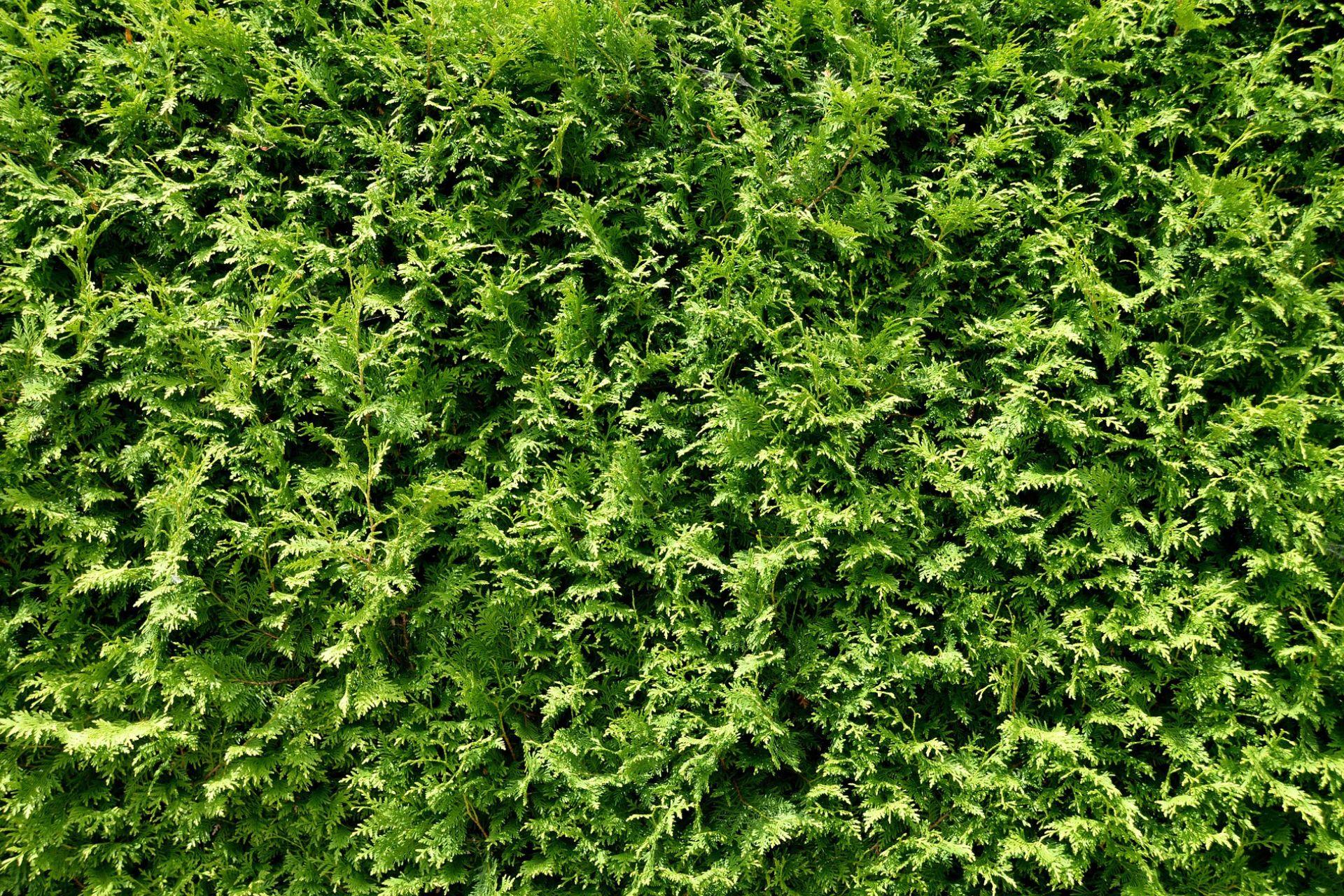
Ornamental hedges
Decorating, colouring and perfuming an environment are the main functions of ornamental hedges, thanks to the spectacular blooms they give us. To achieve this, the recommended hedge varieties are Hawthorn, Jasmine, Hibiscus, Forsythia, Oleander, Pyracantha, Spirea and Potentilla Fruticosa Goldfinger.
Evergreen hedges
This type of hedge keeps its foliage green all year round, which is why it is so popular. It lends itself to constant shelter, ornamentation and fencing. Popular varieties include Photinia, Berberis, Pittosporum, Boxwood, Evonymus, Laurel, Yew, Holly and Privet.
Country hedges
In agriculture, especially in the old traditions, it is very common to have hedges at the borders of farms, along roads. These include mulberry, lime, elm, dogwood, maple, elder, etc. Unfortunately, these environments have diminished considerably with the advent of intensive agriculture, compromising biodiversity and many tree and shrub species that characterised the landscape.
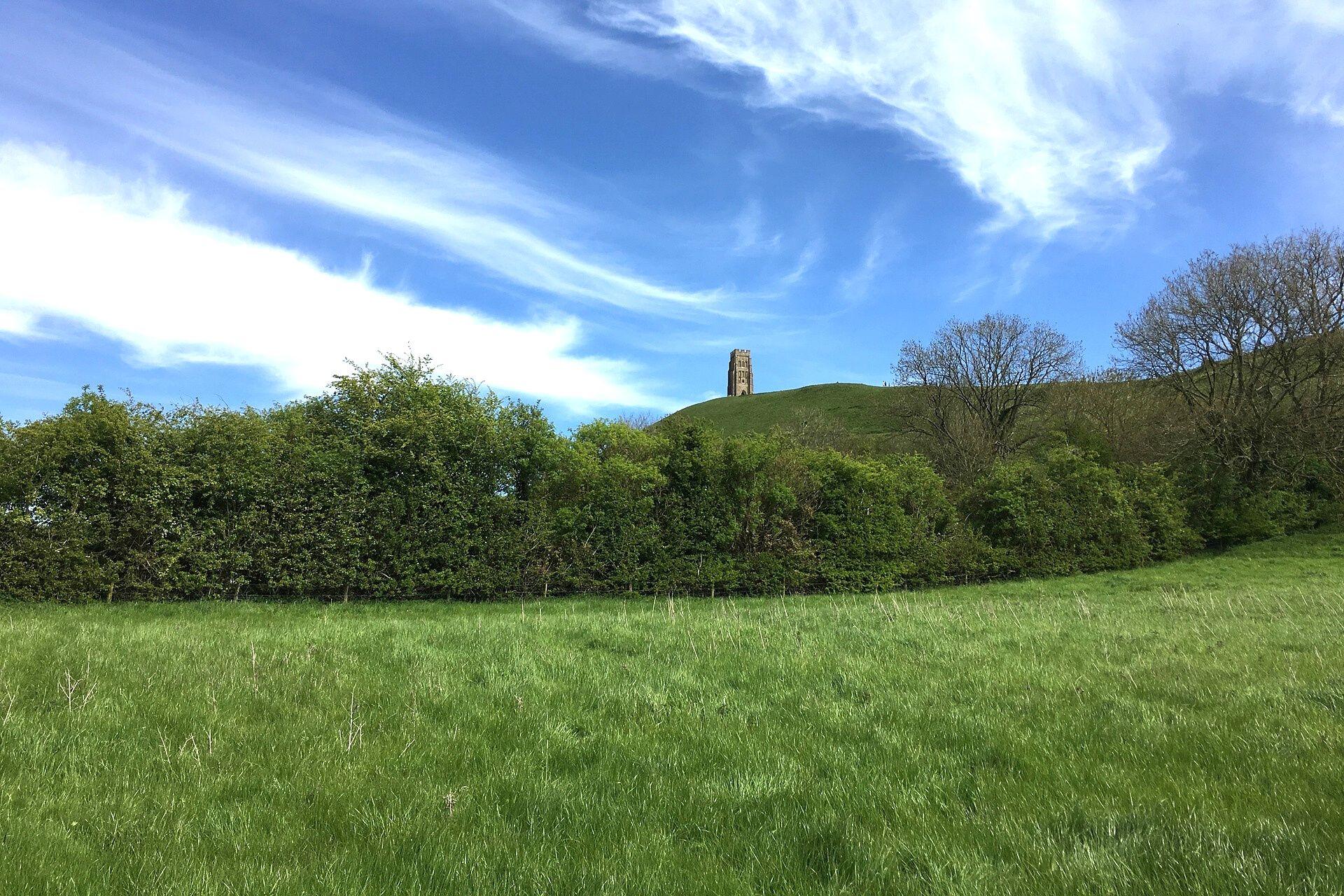
The agro-ecological function of the hedge
The presence of hedges in an area is extremely useful as they contribute to air purification and to the reproduction of pollinating insects and useful avian-fauna.
In agriculture, in particular, we are witnessing a series of imbalances caused by the constant biological impoverishment of the agro-ecosystem. The loss of biodiversity is an ever-increasing phenomenon. And this is where hedges become a key element in agricultural areas, in order to practise sustainable agriculture, thus favouring an improved microclimate.
The implementing provisions for organic production methods for agricultural products provides that farms must adopt plant hedges with a barrier function (measures to limit the drift of plant protection products). Dense, continuous vegetation cover of at least 1 metre for herbaceous crops and at least 3 metres for tree crops to reduce the safety distance.
Field hedges also contribute to the functionality of soil bacterial communities in cultivated soils.
Establishment, cultivation and maintenance of the hedge
When to plant hedge plants? How to reinvigorate the hedge? Why do the leaves of hedge plants turn yellow?
We explain it to you step by step.
Creation of the hedge
First of all, it is necessary to identify the location where the hedge plants will be placed, prioritising certain aspects, such as exposure to the sun and the type of soil on which they will be planted.
After that, uniform lines can be drawn on the ground so that transplanting can be done in a linear manner.
Once the areas in which future hedges are to be planted have been determined, it is essential to choose the type of plant that suits the context, whether it is a park, a private garden or a farm (country hedge).
Before transplanting, weeds, roots and crop residues should be removed from the soil. The soil is then tilled.
With regard to the planting of hedge plants, autumn and spring are the most suitable periods, taking into account the climatic changes taking place.
In terms of planting distances, on the other hand, they vary greatly and depend mainly on the plant species chosen. For this reason, we will elaborate on this issue in another article.
Once the plants have been transplanted, it is right to proceed with watering them.
Natural hedge fertilisation: sustainability and innovation
As we all know, traditional fertilisers consist of chemically produced elements (such as nitrogen, phosphorus, potassium, and so on). In recent decades, awareness of the problems caused by chemicals released into the environment has prompted farmers, gardeners but also private individuals to pay greater attention to human and environmental health and, above all, to the use of natural fertilisers.
In the case of hedge fertilisation carried out with BIOAKSXTER® de-polluting products, it is possible to achieve:
- remarkable vegetative balance (dense, invigorated hedges)
- increased natural plant defences (healthy hedges)
- regeneration and elasticity of plant tissue
- abundant and prolonged flowering
- improvement of the microbiome and increased fertility of the hedge soil
- better rooting and longevity
- strengthening the hedge against disease
- resistance to climatic and environmental stresses
- increasing the biodiversity of the territory
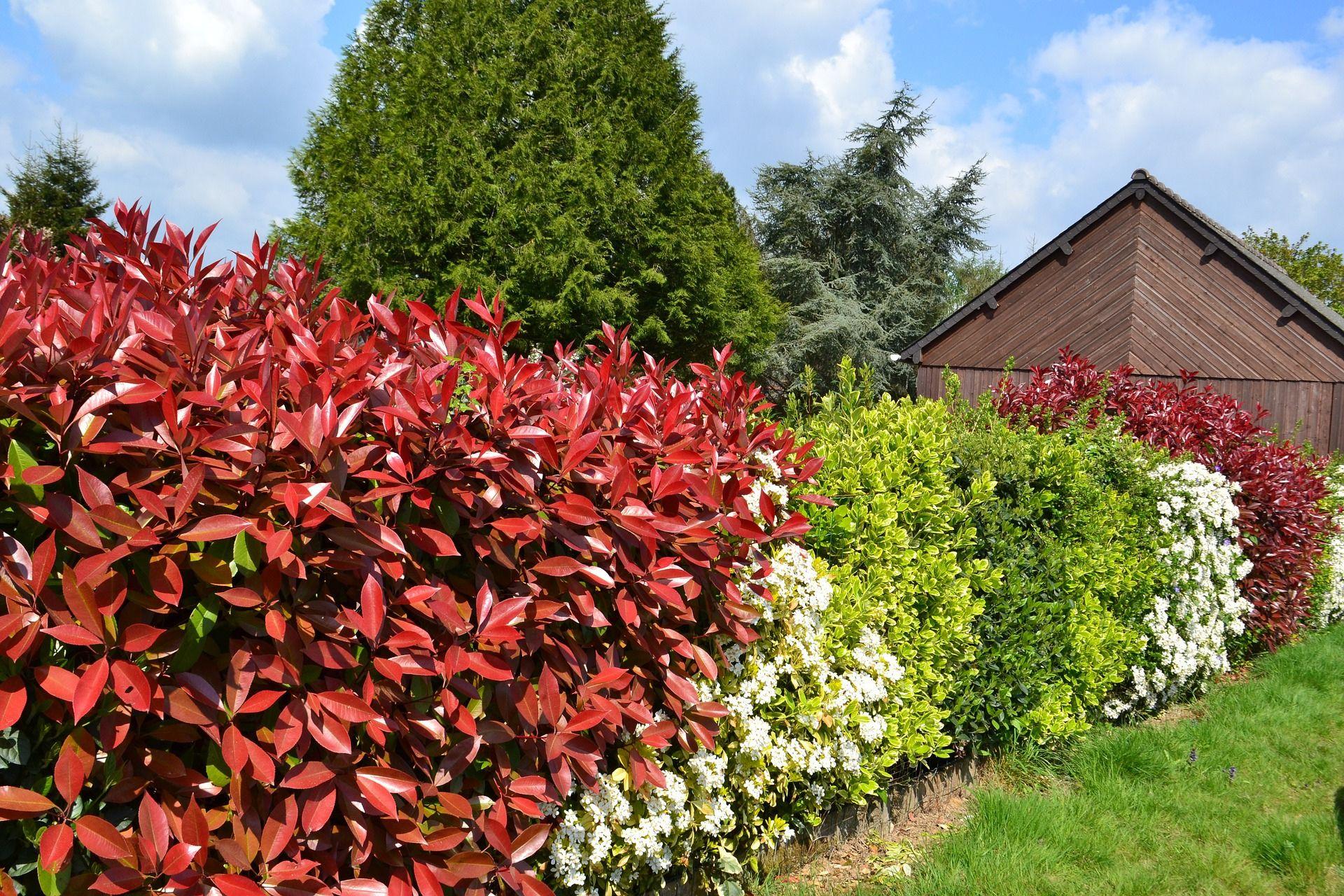
Hedge pruning
In the first two years of a hedge plant's life, pruning should be limited. After that, it is very important not to neglect maintenance as hedges have an irregular growth process. Depending on the type of hedge, pruning is mainly carried out twice a year (March and October) and should be done carefully to ensure a regular and orderly development of the plant. In some cases, however, additional pruning can be carried out in July or August.
Problems: dry, diseased or irregular hedges
One of the main problems with the hedge is irregularity in growth and development. In particular, 'gaps' or 'holes' can form in the hedge vegetation as in this photo.
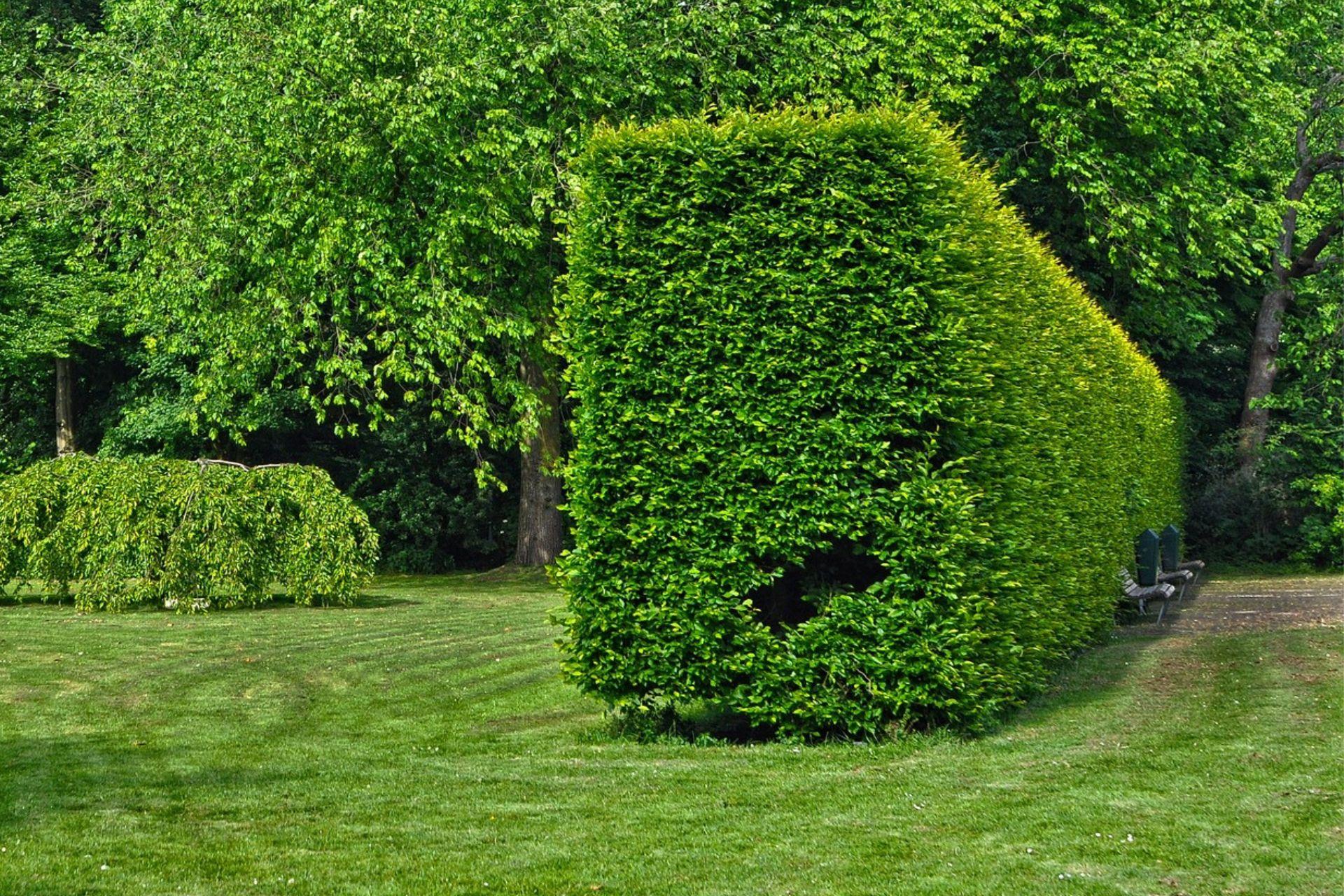
There can be many causes, ranging from a lack of plant balance, to discontinuous maintenance, to hedge disease.
Yellowing of hedge leaves, for example, is a frequent phenomenon, a symptom of weakening of the crop. It normally occurs when the soil is poorly fertile and there is a change in pH. To prevent and solve hedge leaf yellowing, it is essential to use BioAksxter® for its rebalancing function.
In addition to all this, we must consider that the plants are finding it increasingly difficult to resist weather, environmental stress and pathogen attacks. As a result, they become more and more vulnerable and consequently show little vigour, low crown density, dryness of the branches and many other negative effects until the gradual death of the hedge.
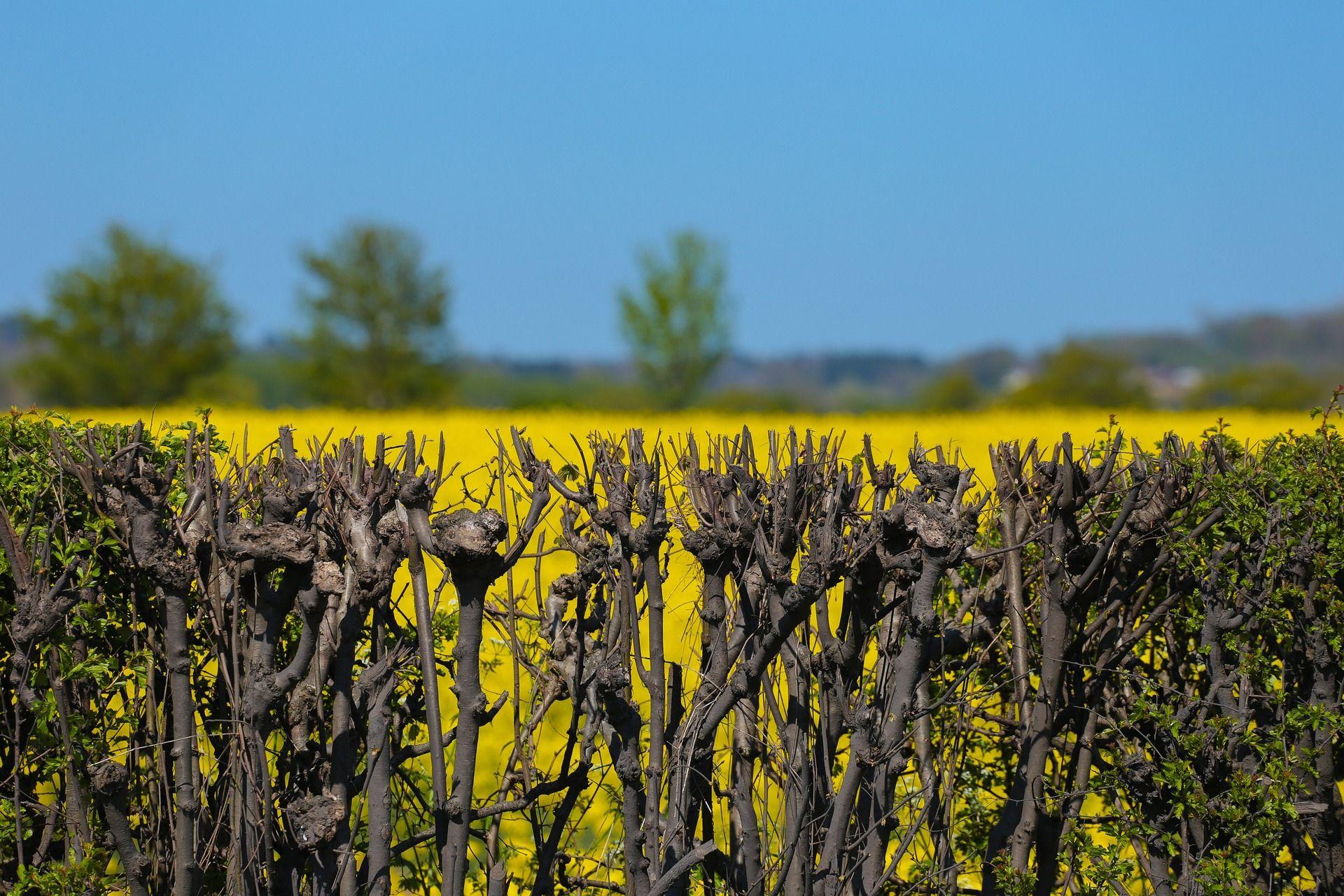
Pollution is also an increasingly important daily issue. In general, hedges near roads are a valuable aid against smog pollution, but nowadays they are not sufficient to counteract it completely. Indeed, although the hedge has a pollutant-absorbing function, the high concentration of particulate matter in the air compromises its health status.
This is why it is essential to de-pollute with BioAksxter®.
A hedge treated with BioAksxter® helps reduce environmental pollutants and increase oxygen exchange, two fundamental prerogatives for any living organism.